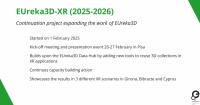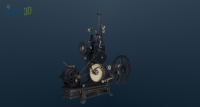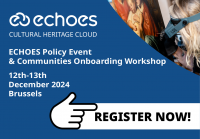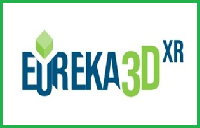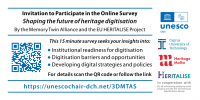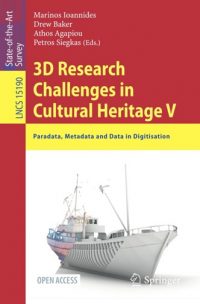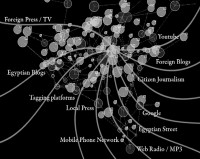 Events organized within the European projects are always a good occasion for partners’ exchange, but in particular represent a moment of high visibility for the project.
Events organized within the European projects are always a good occasion for partners’ exchange, but in particular represent a moment of high visibility for the project.
Linked Heritage has planned the organization of several events until the end of the project.
These events represent good examples of the types of third-party occasions where the project will seek to make a presentation and to gain access to important target audiences. It may be noted that consortium members are frequently involved in the organisation and/or funding of these events, and so access for the project can be assured in some cases, and is likely in others.
In summary:
– Linked Heritage will specifically target Europeana, EuropeanaLabs, the Council of Content Providers and Aggregators, through established links, co-membership of the Content Council and the Linked Heritage consortium and presentations and promotions at events where Europeana will be present and active.
– Linked Heritage will address sister projects and other content providers through concertation, seminars, publications, guidelines and handbooks, etc. The issues addressed by Linked Heritage are of real interest to this audience, because of their importance in the future development of online cultural content.
– Policy groups and government agencies continue to have enormous influence through their ownership or funding of many memory institutions, and their coordinating role at national and regional levels. Several such bodies are members of the Linked Heritage consortium, and will target their peers.
– The private sector will be targeted using Linked Heritage partners as “reference sites” which demonstrate the new services and opportunities and the added value which engagement with Europeana, with Linked Heritage and with the public sector can bring.
– Linked Heritage will specifically target those elements of the cultural sector which are “non-heritage” (not libraries, museums or archives), such as arts centres, cultural tourism locations, etc.
In summary, the following activities will be carried out:
– Website creation and maintenance: it will be essential and it will clearly outline the rationale for the project, the aims of the project and the approach which the project is taking.
– Seminars and presentations will enable the project dissemination working group to gain access to the professional audiences they require.
– 3 international conferences: one under the Hungarian Presidency of the EU hosted by the National Sechzeny Library, one under the Irish Presidency of the EU organised by the Library Council and the closing conference in Rome that will deliver an opportunity to present and discuss the project’s results, the opportunities for further development and the path of integration into Europeana.
– Academic publications and conferences, in order to raise awareness of its work, to attract users for validation and feedback, and to raise the profile of the project as a whole.
– Meetings with Europeana and EuropeanaLabs : even though the Europeana Foundation is not a member of the Linked Heritage consortium, working together will be important and valuable for both projects.
– Encounters with the private sector: briefings will be delivered to the private sector, on events where significant numbers of appropriate stakeholders will be present.
The publications that are foreseen in the workplan will be presented in all the public events where the partners of the Linked Heritage project participate.
The publications will be available online for download on the project website.
The printed copies of the publications will be used in particular for face-to-face meetings, during the face-to-face training and provided to the participants of the closing conference in Rome.


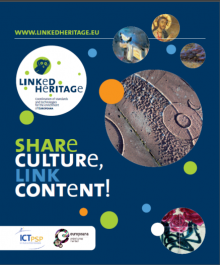

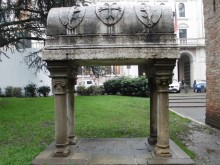
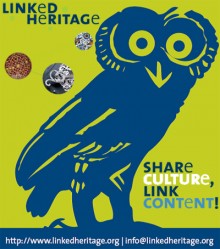
 If you have interesting news and events to point out in the field of digital cultural heritage, we are waiting for your contribution.
If you have interesting news and events to point out in the field of digital cultural heritage, we are waiting for your contribution.





